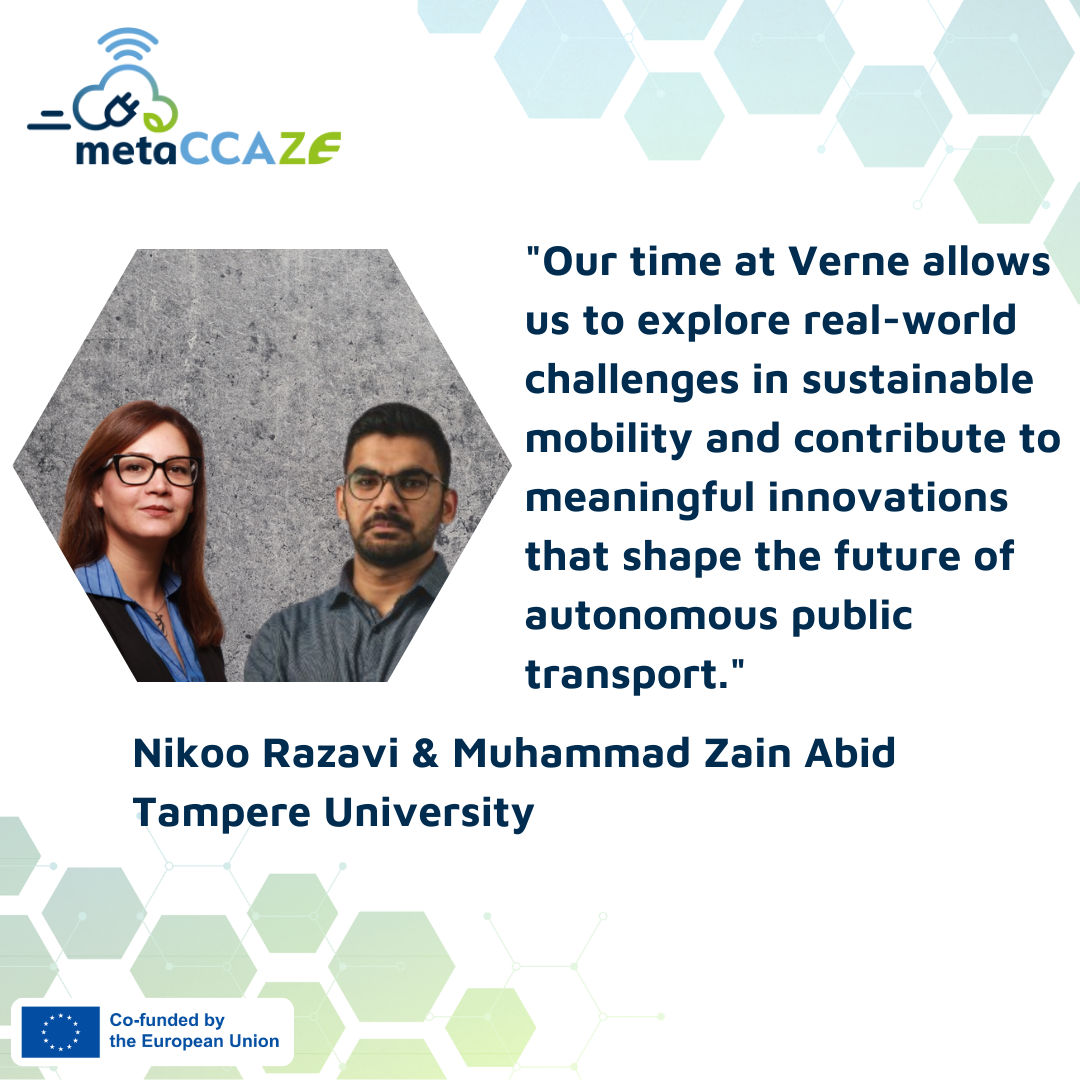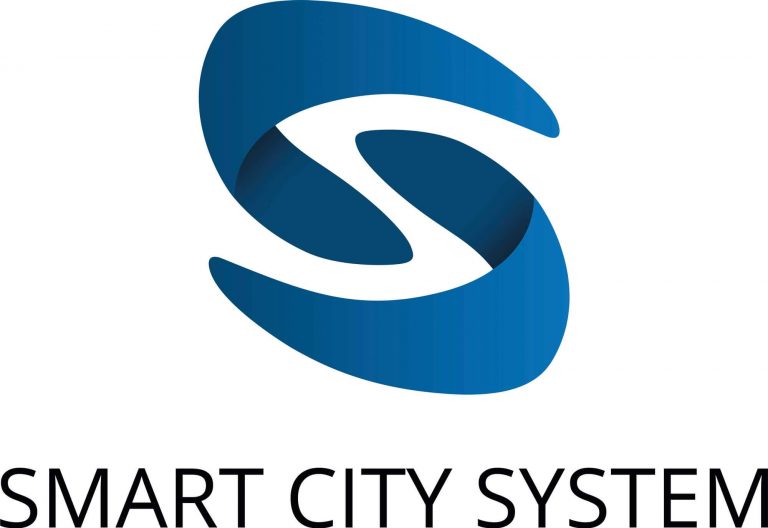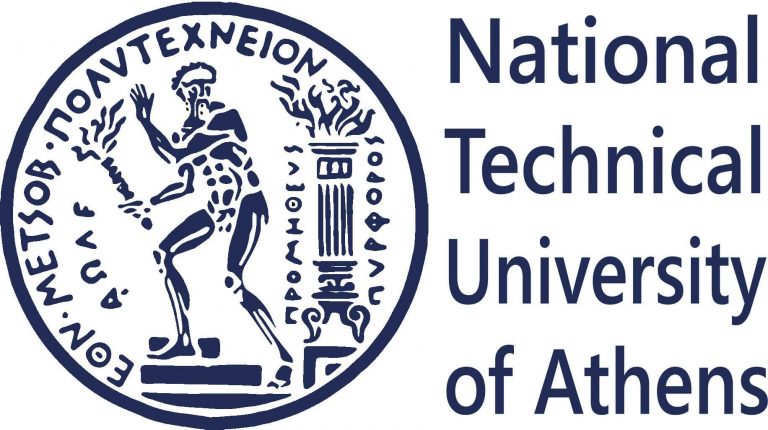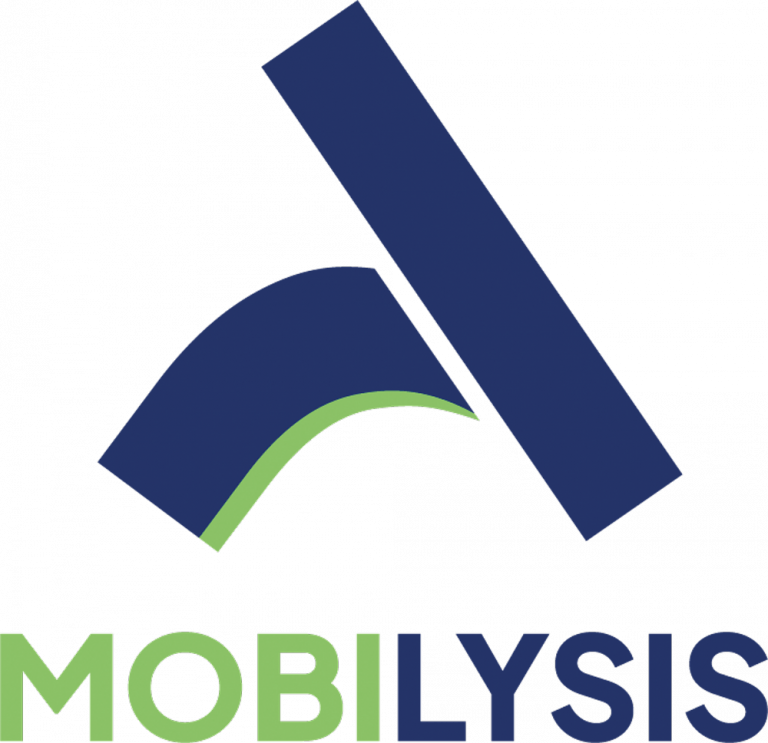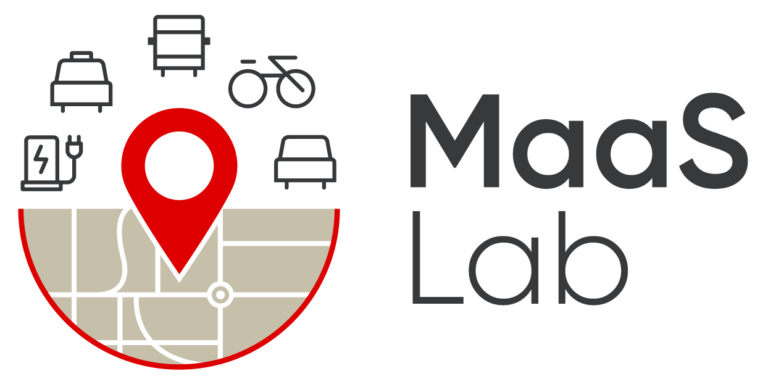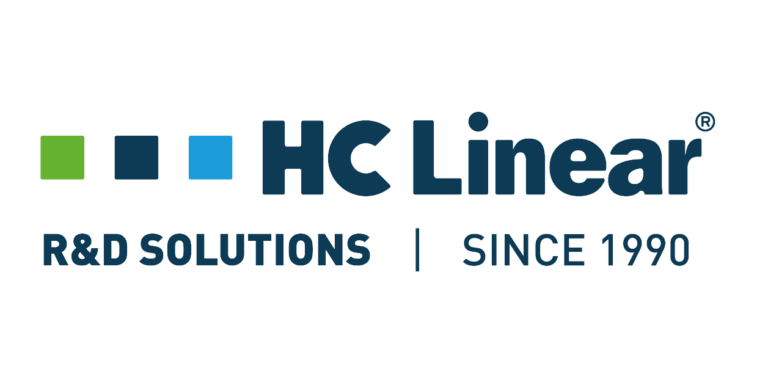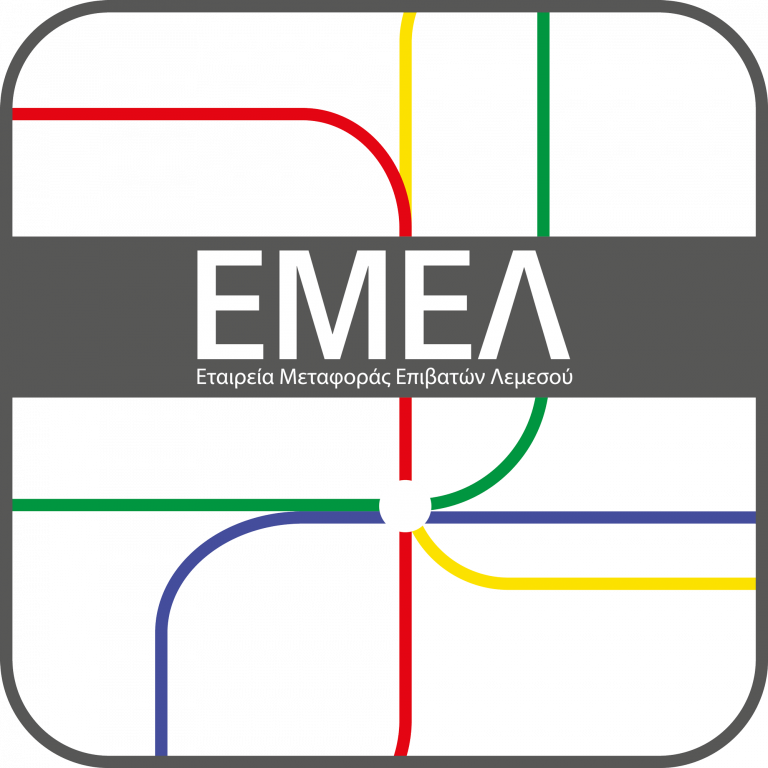From Human-Centred Remote Operations Centre to Smart Charging in Tampere
The Transport Research Centre Verne at Tampere University is a multidisciplinary research group comprising approximately 15 professionals specialising in transport and logistics. Verne is actively engaged in both national and international collaboration. At its core, the Centre is committed to advancing a more sustainable transport and logistics system, as well as educating future professionals in this field.
Verne’s research and educational activities encompass the entire transport system and logistics chain. The Centre addresses both passenger and freight transport, taking into account the needs of individuals, businesses, and society as a whole. Key areas of focus include the built environment, transport infrastructure, policy, and economics — with sustainability as a central guiding principle.
Professor Heikki Liimatainen, Vice Dean for Research, serves as the Director of Verne. Recently, he has supervised two master’s theses aligned with the objectives of the metaCCAZE project, which are described below:
The first thesis, titled “Technical Considerations in a Human-Centred Remote Operation Centre for Automated Public Transport”, was conducted by Nikoo Razavi.
The integration of highly automated vehicles (HAVs) into urban transport systems promises substantial economic and environmental benefits. However, the path to full autonomy is hindered by technological constraints, safety concerns, and public skepticism. As a transitional solution, remote operation (RO)—a system where a human oversees or controls a vehicle from a distance—offers a pragmatic middle ground. The objective of this research is to investigate the technical requirements, human factors, and regulatory challenges in establishing a Remote Operation Centre (ROC) for automated public transport (PT) operations through a human-centred design approach.
The primary research question posed was: How to set up a remote operation centre following the human-centred design process for automated public transport operations? This overarching inquiry was supported by four sub-questions addressing the functions of an ROC, existing standards and guidelines, technical requirements and challenges, and the tasks and skillsets required of remote operators.
Experts—spanning academia, industry, and policy—provided essential input via two rounds of Delphi surveys. Their insights helped shape the direction of the study, ensuring that interdisciplinary and region-specific concerns were appropriately addressed. Data from interviews and questionnaires were coded and analysed thematically, with findings cross-referenced against existing literature to validate patterns and gaps.
The findings reveal that ROs hold significant potential to act as a bridge between traditional human driving and fully autonomous transport systems, particularly in public transport settings. ROs can help build public confidence while maintaining a high standard of safety during the transitional phase. The complexity of implementing ROs in PT operations lies in balancing human-machine interaction, ensuring seamless communication between vehicles and the ROC, and designing workstations that prioritize human usability.
A successful ROC must be grounded in human-centred design principles. Ergonomic design, intuitive interfaces, and cognitive load reduction are critical to maintaining situational awareness (SA) and supporting operator performance. The ROC must fulfill multiple functions, including real-time vehicle monitoring, emergency intervention, supervisory control, and communication management. Operators must be able to dynamically respond to changes in traffic, weather, or automation levels.
The study highlights several technical challenges. Chief among them is ensuring a robust and reliable communication infrastructure that can handle high volumes of real-time data without latency. This is vital for maintaining SA and operational control. Network reliability becomes especially important when a single operator may be responsible for multiple vehicles. While experts suggest that under normal conditions an operator can manage 3–10 vehicles, AI assistance could scale this to as many as 40. However, such scalability hinges on stable communication, effective automation algorithms, and operator readiness.
In terms of infrastructure, an ROC must be supported by high-performance hardware, secure and stable IT systems, and intelligent software platforms capable of processing and presenting data in usable formats. Visual, haptic, and auditory feedback systems are recommended to aid operator perception and reduce dependency on any single sensory input. Situational awareness also depends on the maturity of vehicle automation algorithms, which must be capable of adjusting to unpredictable traffic patterns and environmental variations.
The role of the operator is multifaceted and demanding. Operators must not only monitor AVs but also intervene during emergencies, conduct virtual inspections, and oversee route efficiency. A valid driver’s license is considered essential for understanding vehicular dynamics and traffic interactions. Critical skills include multitasking, rapid decision-making, and the ability to manage high-pressure scenarios. Training programs—especially those involving simulators—are crucial to preparing operators for the unique cognitive demands of remote driving. Experts suggest 4–6 hour shifts to avoid fatigue, with automated systems providing decision support to reduce cognitive burden.
Despite these advances, regulatory frameworks for ROs remain fragmented. There is a lack of unified standards regarding how many vehicles an operator can oversee, and responsibilities are often unclear. Experts recommend regulatory harmonisation through bodies such as UNECE and the European Union, enabling consistent implementation across different regions. Clear roles for stakeholders—regulators, manufacturers, transport agencies, and technology developers—must be defined through interdisciplinary dialogue.
Moreover, the physical proximity of the ROC to the operational site plays a crucial role. For remote assistance (RA), the ROC can be nationally located, but for teleoperation (direct driving input), proximity is essential to mitigate latency. Failsafe systems must also be in place to manage vehicle behavior in the event of network failure or communication dropouts.
In conclusion, the successful implementation of ROCs in automated public transport depends on a careful balance of human, technical, and regulatory factors. By applying a human-centred design approach and leveraging expert knowledge, this study presents a roadmap for building functional, scalable, and resilient ROCs. These centres not only support the safe deployment of AVs but also play a strategic role in guiding society through the complex transition toward full vehicle autonomy.
The second thesis, authored by Muhammad Zain Abid, is titled “Analysing Charging Technologies for Autonomous Electric Vehicles: A Use Case of Public Transport Operations in the Tampere Region, Finland.”
This thesis explores the potential of automated charging technologies in enabling full autonomy for electric vehicles deployed in public transport operations. As transport systems evolve toward more sustainable and intelligent solutions, challenges such as carbon emissions, traffic congestion, and safety risks continue to demand innovative responses. Electrification and automation are two promising approaches to address these issues; however, while electrification focuses on reducing environmental impacts and automation aims to improve efficiency and safety, the intersection of the two technologies reveals a key limitation: the current charging processes for autonomous electric vehicles still require human intervention. This contradiction not only limits operational autonomy but also affects efficiency and scalability in public transit systems. Therefore, this research investigates how automated charging can bridge this gap and support the broader adoption of autonomous electric vehicles in public transport.
To achieve this, the study is guided by four core research questions. First, it identifies the various factors that influence the charging strategy for autonomous electric vehicles. These include charging methods, operational characteristics, battery capacity, ambient temperature, the state of charge of the battery, and electricity pricing. These variables collectively affect critical aspects of charging decisions such as cost, timing, infrastructure placement, and energy efficiency. Understanding their interrelations helps clarify the broader charging strategy required to support seamless autonomous operations.
The second research question examines the available automated charging technologies through a techno-economic lens. A structured literature review and framework analysis revealed five major technologies: pantograph, robotic arm, inductive charging, underbody coupler, and battery swapping. Each option presents unique advantages and limitations. Pantograph and robotic arm chargers are characterised by high charging efficiency and power levels, though pantographs require considerable upfront investment and dedicated physical infrastructure. In contrast, inductive charging and underbody couplers demand less infrastructure but offer lower efficiency and charging speed. Among these, pantograph and inductive chargers stand out due to their technological maturity and real-world deployment in pilot projects, making them strong candidates for public transport applications.
The third question is addressed through a use case scenario involving Bus Route 303 between Lempäälä and Haurala in the Tampere region of Finland, where an autonomous bus was in operation. The study evaluates the operational implications of different charging strategies, such as charging after every cycle at a terminus stop, charging upon reaching a 20% state of charge, and depot-only charging. The charging technologies assessed in this context included pantograph and inductive charging at the terminus stop and robotic arm charging at the depot. Two scenarios were modeled: one reflecting the route’s current operating hours and frequency, and another assuming increased service levels. The results indicate that depot-only charging requires a larger fleet to maintain service levels, though it benefits from lower energy costs. Conversely, opportunity charging reduces fleet requirements but incurs higher operational costs. Charging after reaching 20% SoC introduces service downtimes due to extended charging periods. Ultimately, pantograph charging at the terminus stop after reaching 20% SoC emerged as the most efficient and cost-effective strategy, minimising service interruptions while maintaining charging speed and infrastructure feasibility.
The final research question addresses the safety and security of automated charging infrastructure. Through a literature review, the study identifies key risks, including physical threats, cyber-attacks, and fire hazards. To mitigate these risks, the implementation of surveillance systems, strong user authentication protocols, and thermal and battery management systems is recommended. While this aspect of research is still developing, ensuring the safety of automated infrastructure is essential for gaining public trust and operational reliability.
In conclusion, this thesis provides a comprehensive overview of the technical, economic, and operational aspects of automated charging technologies for autonomous electric public transport. It offers insights that can support decision-making by transit agencies and mobility planners seeking to implement automated electric fleets. Based on the findings, pantograph and inductive charging are currently the most viable technologies due to their maturity and real-world usage. However, further research is recommended to expand the analysis across entire urban transport networks, evaluate cost comparisons between manual and automated charging systems, and explore under-researched technologies such as robotic arm and underbody coupler in greater detail. These future studies will be essential for supporting the transition toward truly autonomous, efficient, and sustainable public transportation systems.

Each month, the metaCCAZE project hands over the pen to one of its partners, offering them the opportunity to share their unique perspective on urban mobility. Today, we’ve handed the pen to Nikoo Razavi and Muhammad Zain Abid, master students at the Transport Research Centre Verne, Tampere University.
